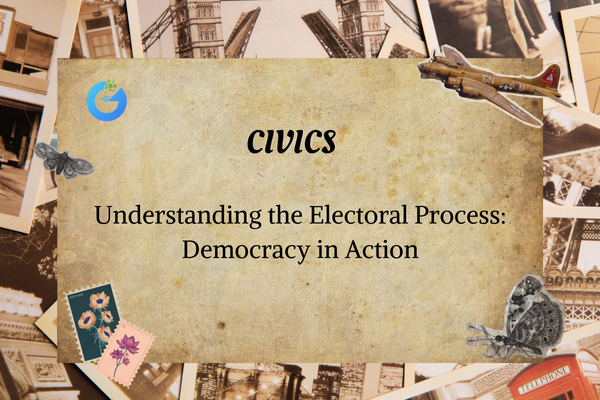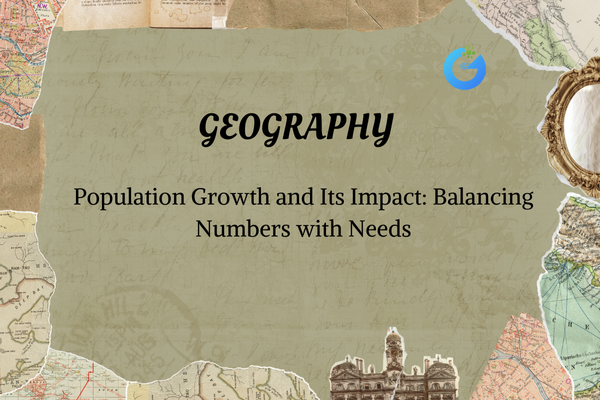Introduction
Have you ever imagined what life would be like without clean water to drink or fresh air to breathe? Sadly, this isn’t just a bad dream — it’s becoming a real possibility. That’s why learning about the conservation of water and air is more important than ever. These two natural resources are essential for every living thing on Earth, and it’s up to us to protect them!
expert-led Chemistry classes – visit our website to learn more
What is Conservation?
Conservation means using natural resources wisely so they don’t run out and stay safe for future generations. It’s all about being responsible — using only what we need and avoiding waste. Conservation also involves protecting nature from pollution and damage so that it can continue to support life.
Why is Water Important?
Water is life! We use it to drink, cook, clean, bathe, and grow food. Plants need it to survive, and animals depend on it too. Water is also used to generate electricity, run industries, and maintain hygiene. Without water, life on Earth would not exist. This makes conserving every drop extremely important.
Why is Air Important?
Air is everywhere around us and it contains the oxygen we need to breathe. Plants use air for photosynthesis and give back oxygen. Clean air keeps our lungs healthy, supports animals, controls temperature, and helps the environment remain balanced. Polluted air, on the other hand, can cause serious health and environmental problems.
Sources of Water
Water is found in many natural places. Rivers and lakes are the most visible sources. Rainwater gets collected in ponds or flows into rivers. Underground water, found in wells and borewells, is another major source. Snow and glaciers on mountains also store fresh water that melts into rivers.
Sources of Clean Air
Nature itself is the greatest cleaner of air. Forests are known as the “lungs of Earth” because trees absorb harmful gases and give out oxygen. Oceans also help absorb carbon dioxide and regulate the Earth’s air balance. Wind movement in the atmosphere helps scatter pollutants, keeping the air fresh and breathable.
Causes of Water Pollution
Water pollution occurs when harmful substances get mixed with water. Industries often dump waste into rivers. Sewage water without treatment flows into lakes and streams. Plastic waste and garbage thrown into water bodies clog and poison them. Oil spills from ships also destroy marine life and make water unsafe.
Causes of Air Pollution
Air pollution happens when harmful gases and particles enter the air. Smoke from vehicles, burning of garbage, factory emissions, and even fireworks release pollutants. Cutting down trees (deforestation) also increases pollution as there are fewer trees to clean the air.
Effects of Water Pollution
Contaminated water spreads diseases such as cholera, typhoid, and diarrhea. It kills fish and other aquatic animals by reducing the oxygen level. Polluted water affects farming, damages ecosystems, and harms humans who drink or bathe in it. Long-term pollution can ruin entire lakes and rivers.
Effects of Air Pollution
Air pollution leads to health problems such as asthma, lung infections, and allergies. It can cause acid rain, which damages crops, soil, and buildings. The biggest danger is global warming — a rise in Earth’s temperature due to increased greenhouse gases, which changes climate patterns around the world.
Global Water Shortage
It’s shocking but true — one out of every three people in the world doesn’t have access to clean drinking water. Many regions are experiencing droughts and drying rivers. If we continue wasting water, more countries will face severe water shortages very soon.
Rising Air Pollution
Major cities like Delhi, Beijing, and Mexico City regularly suffer from unsafe air quality. Dense traffic, factories, and low green cover contribute to the problem. Children, elderly people, and people with weak lungs suffer the most in such environments.
Water Conservation at Home
We can save a lot of water with simple habits. Turn off taps while brushing teeth. Use a bucket instead of a shower. Fix any dripping taps. Collect and use rainwater for gardening or cleaning. Every drop counts!
Air Conservation at Home
Keep your air clean by using natural ventilation instead of air conditioners. Grow indoor plants like aloe vera and money plants that purify the air. Avoid using harmful sprays and perfumes indoors. Don’t burn waste in open spaces.
Role of Schools in Conservation
Schools play a big part in teaching conservation. Students can organize tree plantation drives, water-saving campaigns, and eco-club activities. Schools should reduce plastic use and install plants in classrooms to purify air naturally.
Community Efforts
When neighborhoods work together, they can do great things! Communities can build rainwater tanks, clean local rivers, and hold awareness campaigns. Working as a team helps protect the environment more effectively.
Government Laws and Policies
Governments have made laws like the Clean Air Act and Water Act to protect natural resources. Many cities have banned plastic bags. Campaigns like the National Clean Air Programme are helping reduce air pollution.
Technology for Conservation
New inventions are helping us save nature. Smart water meters track usage to avoid waste. Air sensors measure pollution levels. Solar-powered water purifiers provide clean water in villages. Electric vehicles reduce smoke and noise pollution.
Role of Plants in Air Purification
Trees are the Earth’s natural air cleaners. They take in carbon dioxide and give out oxygen. Some trees and plants also trap dust and absorb harmful gases like sulfur dioxide. Planting more trees means cleaner, fresher air.
Rainwater Harvesting
Instead of letting rainwater go to waste, it can be collected and stored in tanks. This collected water can recharge underground water and be used for cleaning and gardening. Rainwater harvesting is simple, cheap, and effective.
Wastewater Treatment
Water used in homes and factories becomes dirty but can be cleaned. Wastewater treatment plants filter and purify this used water so that it can be safely reused for irrigation, washing, or even flushing.
Reduce, Reuse, Recycle in Water Use
Using the 3Rs saves water:
- Reduce waste by turning off taps and taking shorter showers.
- Reuse water used for washing vegetables to water plants.
- Recycle grey water after treatment for cleaning or flushing.
Using Public Transport
Instead of driving individual cars, using buses, metros, and carpools helps reduce the number of vehicles on the road. This means fewer emissions and cleaner air for everyone.
Importance of Clean Rivers and Lakes
Rivers and lakes not only provide us drinking water but also support fish, birds, and plants. Polluted water bodies look bad, smell worse, and kill life inside. Keeping them clean helps nature and keeps us healthy.
Case Studies
Some real-life efforts have worked wonders:
- Chennai’s Rainwater Harvesting Law helped increase groundwater levels.
- Delhi’s Odd-Even Rule helped reduce air pollution during peak periods.
Fun Facts About Water and Air
- Earth is called the “Blue Planet” because 71% of it is water.
- A single tree can provide clean air for 4 people every day!
- A leaking tap can waste about 3,000 liters of water a year!
FAQs
What is the best way to save water at home?
Turn off the tap while brushing and fix leaks.
Can planting trees improve air quality?
Yes! Trees absorb pollutants and release oxygen.
What happens if water keeps getting polluted?
We will face a drinking water crisis and harm to aquatic life.
How do vehicles pollute the air?
They release harmful gases like carbon monoxide and nitrogen oxides.
Is rainwater safe to drink?
Yes, if collected and filtered properly.
What is the cleanest energy source?
Solar energy, because it doesn’t pollute at all!
Conclusion
Water and air are not just resources — they are life itself! We can all be Earth’s heroes by saving every drop and breathing responsibly. Start small, act big. Whether it’s turning off a tap or planting a tree, every effort counts. Let’s keep our planet fresh, green, and full of life!








